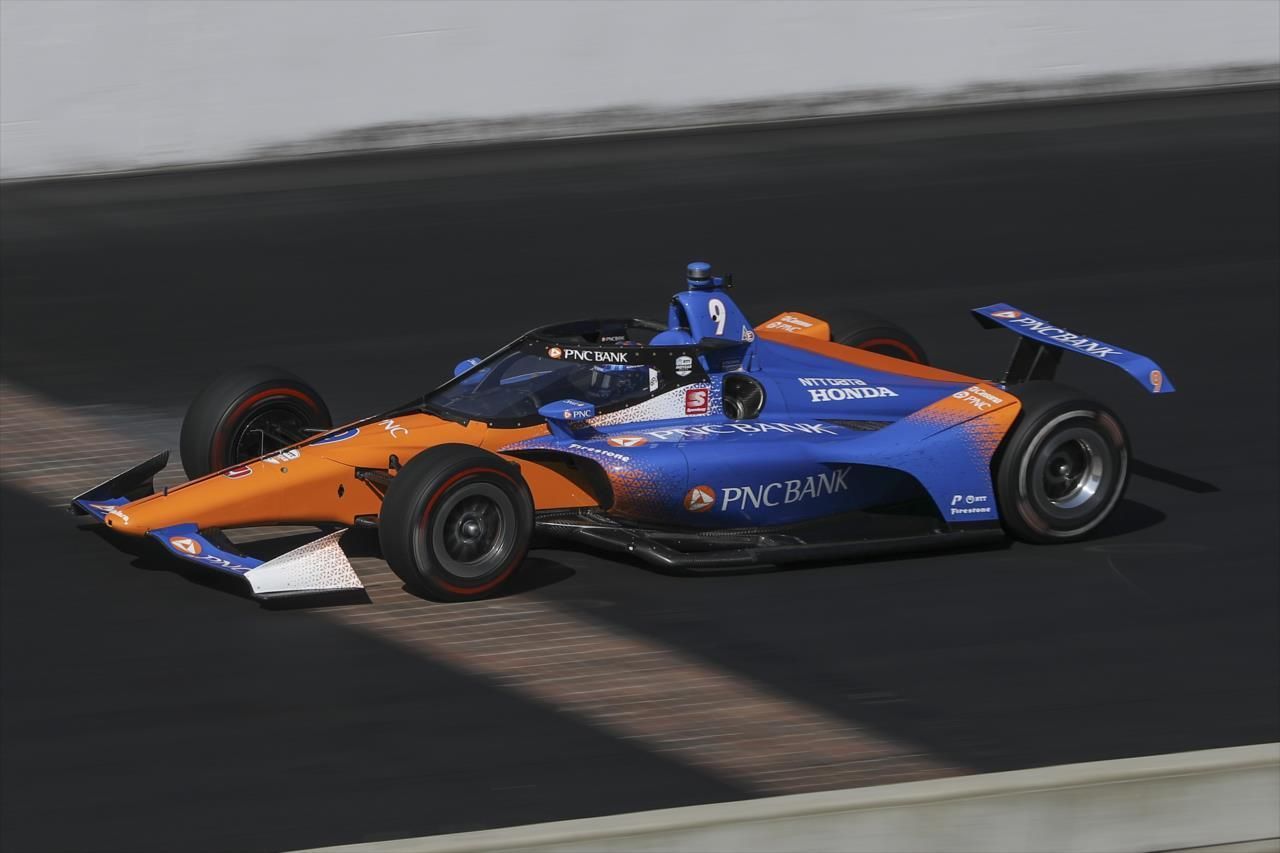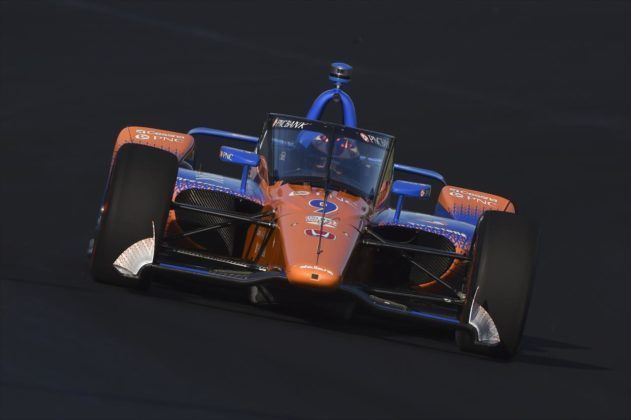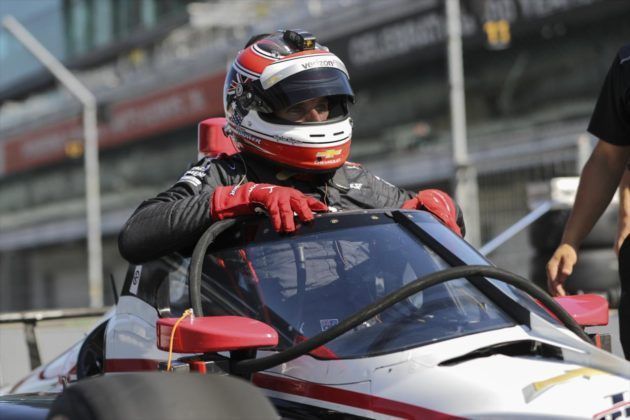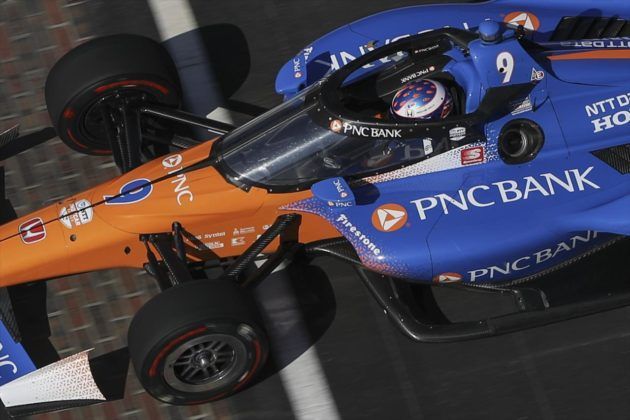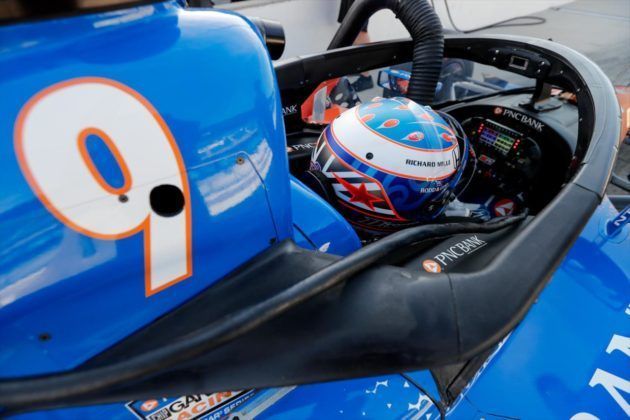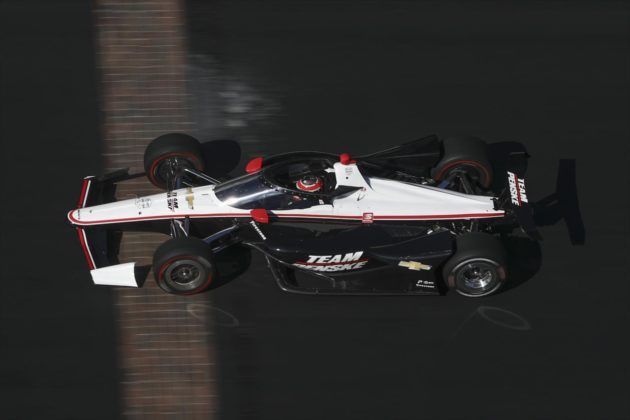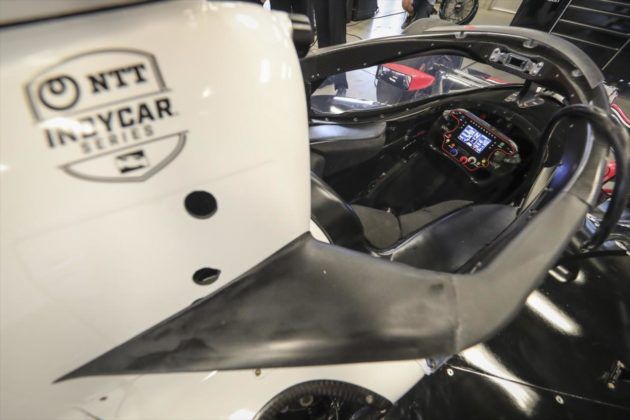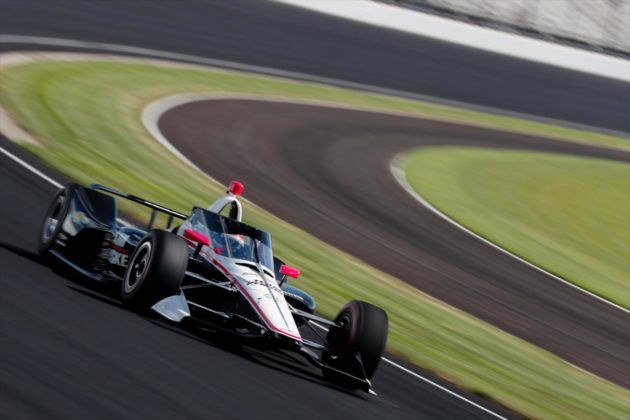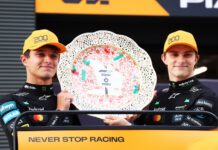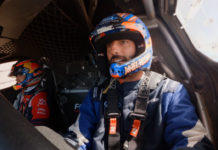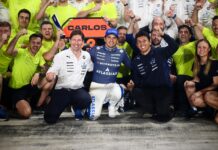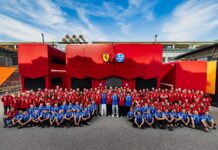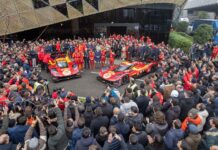Chip Ganassi Racing’s Scott Dixon and Team Penske’s Will Power had a positive reaction to the first Aeroscreen test for IndyCar at Indianapolis.
After repeated incidents for drivers exposed in the cockpit in open-wheeled cars, it was only time for all the single-seater series’ to develop an effective cockpit protection system. F1 reacted with the Halo device after ditching Red Bull’s Aersoscreen early on.
IndyCar, however, took up the Red Bull invention and officially announced it’s implementation from 2020 onward. In work towards that, the Aeroscreen was tested at Indianapolis Motor Speedway on Wednesday with Dixon and Power.
IndyCar had run a screen-like device in 2018 already but this was the first with their new partner Red Bull Advanced Technologies. The plan is to test it three more times by the end of 2019, ahead of the 2020 season which kicks off in early March.
The next one will be at Barber Motorsports Park on October 7 with Team Penske’s Simon Pagenaud and Andretti Autosport’s Ryan Hunter-Reay, followed by one at Richmond Raceway on October 15 with Dixon and Team Penske’s Josef Newgarden.
The final test will be at Sebring International Raceway on November 5 with Arrow Schmidt Peterson Motorsports’ James Hinchcliffe and Dale Coyne Racing with Vasser-Sullivan’s Sebastien Bourdais. The expected delivery to all teams is before Christmas.
Meanwhile, Dixon and Power completed roughly 600 miles with the Aeroscreen, without much trouble. “Obviously a big thanks to Indycar and Red Bull technologies, I think it’s been an intense project and one that, I think a lot of people have done their due diligence to get it to this point and it’s been pretty much seamless,” said Dixon.
“We went through a bunch of configurations for cooling, and where we can kind of push the air to control the helmet, how it feels, and how much [air] pressure you have there. Ultimately, it’s just very quiet. I can hear my radio, for a change, normally I can’t hear that. But, yeah, there’s actually a lot less load on the helmet.
“Visually, there’s been really no impairment. I think some of the areas with tear-offs and stuff and where they seem in the middle will be fixed, kind of down the road too to make it even better. But ultimately I think we’ve just run through a long list of projects that we needed to get through and it’s been pretty seamless.”
Fellow IndyCar champion Power agreed with Dixon, adding: “I was impressed with how quickly this [the aeroscreen] all came together. To have the first run in and really no major issues, just like Scott said. The tear-offs, obviously, are something they’ve got to work on.
“Plus, how they fit the glare on the inside with what paint you put on and all that, but the vision has been fine. There’s no problem doing a stint with bugs that get on the screen. It’s just little things that need to be worked on but honestly I’m so happy that we have it.
“It’s a huge step in safety and I think it’s the best of both worlds with the halo and you’ve got a screen, so I think that we’ll see open-wheeler categories follow suit because when you’ve driven with it for a day, you’re going to feel naked without it.
“It is because there’s so much protection there. I am very happy that we’re moving ahead with it.” Following the test, Red Bull cleared that the Aeroscreen developed for IndyCar has no carry over parts from the F1 test they did in 2016.
The intellectual property and design philosophy is the same but it was much less protective and was not available to be used in racing then, unlike the IndyCar variation, which is a halo-screen hybrid, and is almost fully prepped for racing.
“You could race [with the aeroscreen] this weekend, no problem,” noted Power. “You could do that, there wouldn’t be an issue. So, that shows what good of a job they’ve done, just bolting it straight on.
“That’s what you get when you work with the best people in the game, like Red Bull Technologies, and obviously Indycar as well, and all of the partners involved. You get a product like this which is pretty seamless, you know, straight in.”
Dixon concurred – even though some section of fans are criticising its appearance, and others appreciating it’s necessity. “It’s spot on and it’s good to go,” said Dixon. Meanwhile, Andy Damerum, Red Bull’s Commercial Development Officer, was happy with the results:
“For me, it was all about the drivers’ feedback and seeing what their response was to the device because we knew it was going to work as far as from a structural perspective. We’ve still got a few more tests to do, some rig testing, but it’s all looking really good.
“The product is working well and the drivers have given excellent feedback, without experiencing any visibility issues. It has been a tight schedule from initial design to getting the Aeroscreen ready for on-track testing and we are proud to be working with IndyCar to deliver the concept on time.
“We have a few further tests to complete but so far the screen is providing the safety performance requested.” IndyCar president Jay Frye was pleased as well: “We ran more than 100 laps and 250 miles of testing between the two cars and we definitely checked a lot of boxes we needed to already.
“The foundation of the Aeroscreen is very sound and now we’re also working on the various accessories. It has been a hugely successful test thus far and we haven’t seen anything we didn’t anticipate.
“We had high expectations with this collaboration with Red Bull Advanced Technologies and their preparation and execution has been outstanding. They have left no stone unturned and will be proud of the final product.”
IndyCar moves to hybrid system with Chevrolet and Honda from 2022
The story was written by Duncan Leahy and edited by Darshan Chokhani

